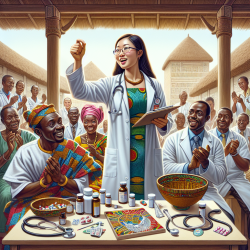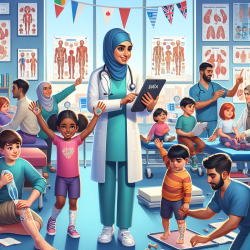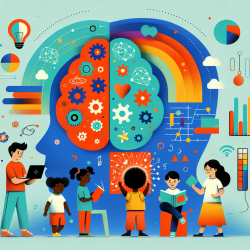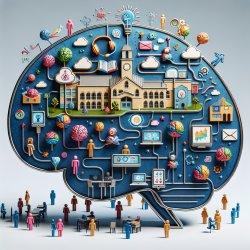The intricate relationship between Speech-Language Pathology (S-LP) and Speech Sciences (SS) has long been a subject of both academic and clinical interest. As professionals in the field of online therapy and special education, understanding this relationship is crucial for enhancing therapeutic outcomes and advancing our practices. This blog delves into key insights from John H.V. Gilbert's research on the interplay between S-LP and SS, offering strategies for practitioners to refine their skills and encouraging further exploration into this dynamic field.
At the core of Gilbert's discussion is the assertion that the disciplines of S-LP and SS are interdependent, with each offering valuable perspectives that can significantly improve the diagnosis, prognosis, and treatment of speech and language pathologies. The research highlights several areas where the integration of SS insights into S-LP practices can be particularly beneficial.
Understanding the Sound-Meaning Connection
One of the foundational elements of Gilbert's work is the exploration of how sound and meaning are interconnected. Speech-language pathologies often present challenges in this area, making it a fertile ground for applying SS principles. By diving deeper into the mechanics of how sounds convey meaning, S-LP practitioners can develop more nuanced approaches to therapy, especially in complex cases involving aphasia, dysarthria, and stuttering.
Theories and Models in S-LP and SS
Gilbert points out that while SS provides a framework for constructing theories and generating falsifiable hypotheses, S-LP often relies on models that, though practical, may lack theoretical grounding. This discrepancy can lead to a gap between clinical practice and scientific understanding. By embracing SS theories, such as those related to speech production and perception, S-LP practitioners can enhance their diagnostic and therapeutic techniques with evidence-based insights.
Challenges of Speech and Language Pathologies
The paper discusses how speech and language pathologies serve as natural experiments that challenge existing theories and models in both S-LP and SS. These challenges are not merely academic; they have direct implications for clinical practice. By studying how pathologies affect speech and language processes, practitioners can refine their approaches to therapy, making them more effective and tailored to individual needs.
Integrating SS into S-LP Education and Practice
Gilbert emphasizes the importance of incorporating SS into the education of speech-language pathologists. A deeper understanding of speech science can empower therapists to approach their work with a more analytical and theory-driven mindset. This integration can lead to the development of innovative assessment and intervention strategies that are grounded in a comprehensive understanding of speech and language function.
Future Directions for Research and Practice
The relationship between S-LP and SS is dynamic and evolving. As new discoveries are made in speech science, there are opportunities for these insights to inform and transform S-LP practices. Practitioners are encouraged to stay abreast of developments in SS and consider how these can be applied to their work. Engaging with the broader research community, through reading, conferences, and collaboration, can facilitate this ongoing professional development.
In conclusion, the interplay between Speech-Language Pathology and Speech Sciences offers vast potential for enhancing therapeutic outcomes in online therapy and special education. By integrating speech science insights into clinical practice, practitioners can deepen their understanding of the mechanisms underlying speech and language, leading to more effective and innovative therapies. As the field continues to evolve, the commitment to bridging the gap between S-LP and SS will remain a cornerstone of professional excellence.
For those interested in exploring this topic further, I highly recommend reading the original research paper by John H.V. Gilbert. To read the original research paper, please follow this link: The Relationship Between Speech-Language Pathology and Speech Sciences.










